Disclaimer: This blog post contains affiliate links. If you make a purchase through these links, I may earn a small commission at no additional cost to you. Learn More. Thank you for supporting our garden community.
Wild Grapes – How to Identify, Use, and Enjoy
Last Updated: August 7, 2024
If you love the outdoors, you might come across wild grapes; woody vines that grow naturally along riverbanks and in wetland areas in eastern North America. Foraging for these juicy fruits offers a fun and rewarding experience. But it’s essential to know how to identify and harvest these berries responsibly.
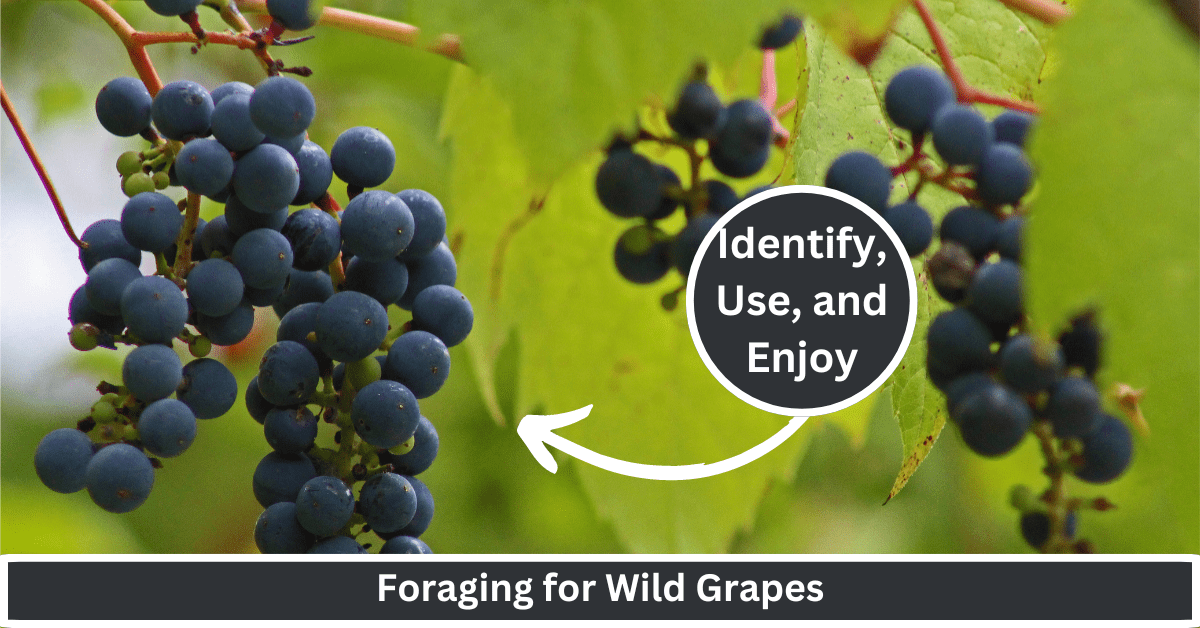
These tiny tangy berries will have you longing for more when the season is over.
Wild Grapes – How to Identify, Use, and Enjoy
Here’s what you will get from reading this article in full:
- How to Find and Identify Wild Grapes: This article teaches you how to locate and recognize Riverbank grapes, the most common wild grape in North America. It covers the physical characteristics of these grapes, and the typical appearance of the large, loosely structured grape clusters.
- Harvesting Techniques: You will learn the best practices for responsibly harvesting wild grapes without damaging the surrounding environment or the vine itself. This includes using sharp pruning shears and tips on determining the optimal timing for harvest.
- Versatile Uses of Wild Grapes: This post explores various applications for foraged Riverbank grapes beyond eating them fresh. We provide guidance on creating jelly, juice, syrup, wine, and vinegar from these berries, emphasizing their slightly tart flavor and traditional grape sweetness. This post also mentions using slightly under-ripe grapes for natural pectin in jelly making.
- Environmental and Safety Considerations: This article underscores the importance of ethical foraging, advising you to only harvest a portion of the grapes to leave enough for wildlife and the plant’s reproduction. It also cautions against stripping the vine bare and highlights the need to forage in areas free from contaminants.
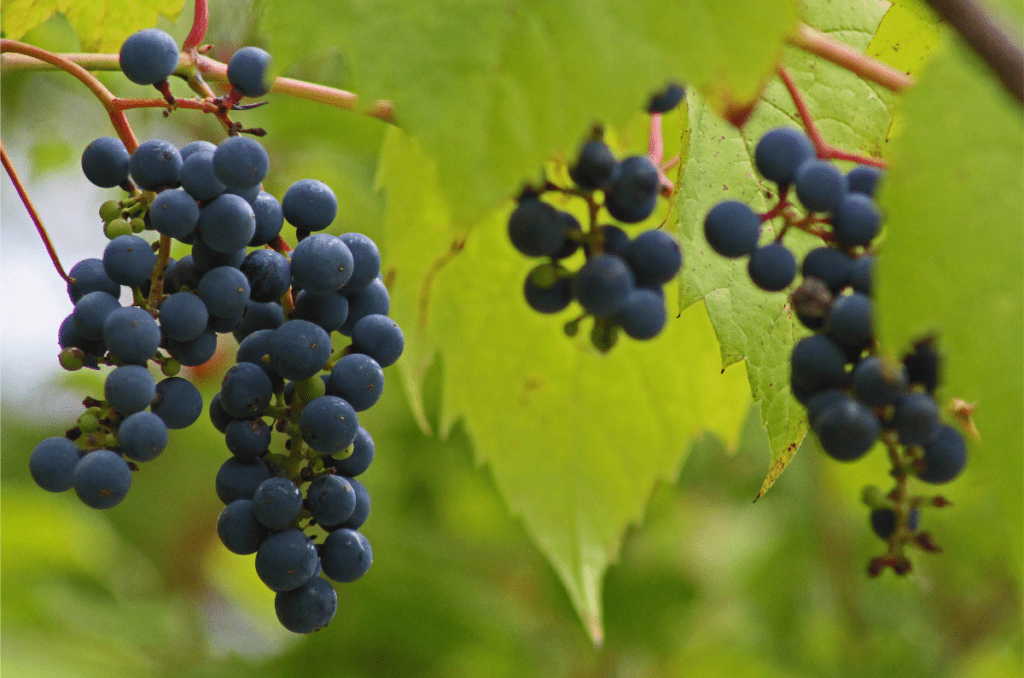
Identifying Wild Grapes
The most common of the wild grapes in North America is the riverbank grape. Riverbank grapes grow on woody, climbing vines with tendrils attaching to nearby trees or shrubs.
The leaves are generally large, heart-shaped, and have serrated edges, ranging in color from medium to bluish-green. They are often found along riverbanks, climbing over large trees and shrubs to reach the light.
A key characteristic of the Riverbank grape is its textured leaves, slightly rough like sandpaper when touched. The leaves typically have three lobes, occasionally up to five lobes.
Another characteristic to look for is the grape clusters, typically large, hand-sized, and loosely structured. The grapes range in color from green to purple-black, ripening in late summer through early fall.
Trust me, once you first identify these plants, you will start seeing them everywhere!
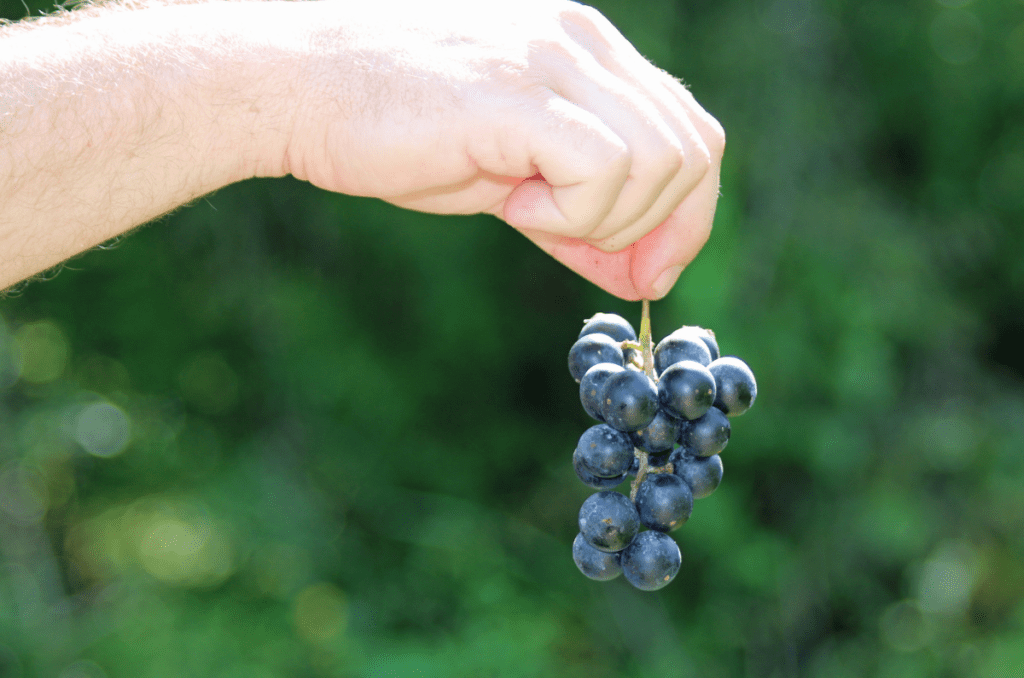
Harvesting Wild Grapes
Once you’ve identified your wild grapes, it’s time to harvest the fruit. If needed to reach higher branches, consider bringing a ladder or step stool since these berries grow on vines.
When harvesting the grapes, be mindful of the surrounding environment to avoid damaging nearby trees or plants, as well as preventing any harm to yourself.
The best time to harvest Riverbank grapes is during late summer or early fall when they are ripe. You can determine their readiness by gently pressing and feeling their texture. The grapes should be firm but not hard or mushy. Cut the whole grape truss with sharp pruning shears to avoid damaging the vine.
Store them in a plastic bag or container and try to avoid squishing or damaging them on your way home. Once you’re home, you can wash the grapes if you want. I usually don’t wash them; they don’t even make it into the fridge!
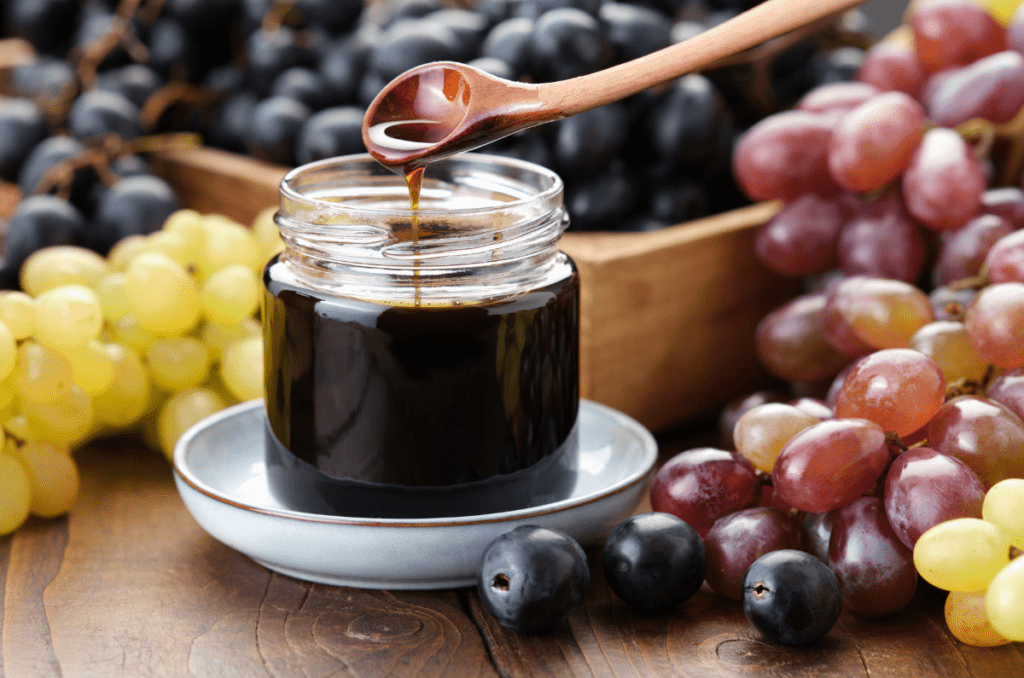
Different Uses for Wild Grapes
Foraging for Riverbank grapes offers versatile uses. These berries are not only delicious eaten fresh, but they can also be used to make jelly, juice, syrup, and even wine and vinegar. They impart a slightly tart flavour with the traditional grape sweetness.
To make juice and jelly, crush the grapes and strain the liquid. Sweeten the juice to taste and heat it to a boil. Jelly requires natural pectin to set, which can be obtained from commercially available fresh pectin, or by including slightly under-ripe grapes for natural pectin content.
Making wine from Riverbank grapes requires attention to detail but can be a fun activity for those who enjoy experimenting with flavors. Ferment the grape juice with yeast, sugar, and other flavorings for three to six weeks.
Check out this guide from A Modern Homestead on How to Can Homemade Grape Juice.
Frequently Asked Questions
Wild grapes are completely edible straight off the vine, just like their domesticated siblings. Although, they may be more tart or sour than store-bought grapes, as they were not bred for sugar content.
The most common North American wild grape is called the Riverbank grape (Vitis riparia), which is native to Canada. They are found in just about every woodland and along every riverbank (hence the name).
Because the Riverbank grape is native to Ontario, it technically can’t be invasive. However, it is a very aggressive plant that can take over disturbed areas very quickly.
The introduced European varieties, however, are incredibly invasive in Ontario.
1. Only harvest a portion of the grapes to ensure there are plenty left for wildlife and for the plant to reproduce.
2. Avoid stripping the vine bare and only take ripe grapes.
3. Only forage in areas where you are confident the plants are safe from contaminants.
Even More Gardening Ideas
Here are a few more posts to help you with your foraging adventures!
- Foraging Dandelions: A Comprehensive Guide
- Elderberry Bush: Foraging for Fruit
- Wild Apples: Foraging for Nature’s Bounty
Products
For all-purpose organic fertilizers, check out Arber.
To buy organic, non-GMO lavender seeds, check out SeedsNow.
For a wide selection of perennial garden plants, check out Nature Hills Nursery.
For gardening equipment, check out Bootstrap Farmer
Conclusion
In conclusion, foraging for Riverbank grapes provides a fun and rewarding experience. With knowledge and preparation, you will be able to identify these versatile fruits, harvest them responsibly, and make the most of your bounty. Enjoy connecting with nature and exploring the various uses for these delicious berries!
If you want to learn more about gardening, foraging, nature, and sustainability, check out The Real Gardener on Instagram, YouTube, and Pinterest.
Pin this post for later:
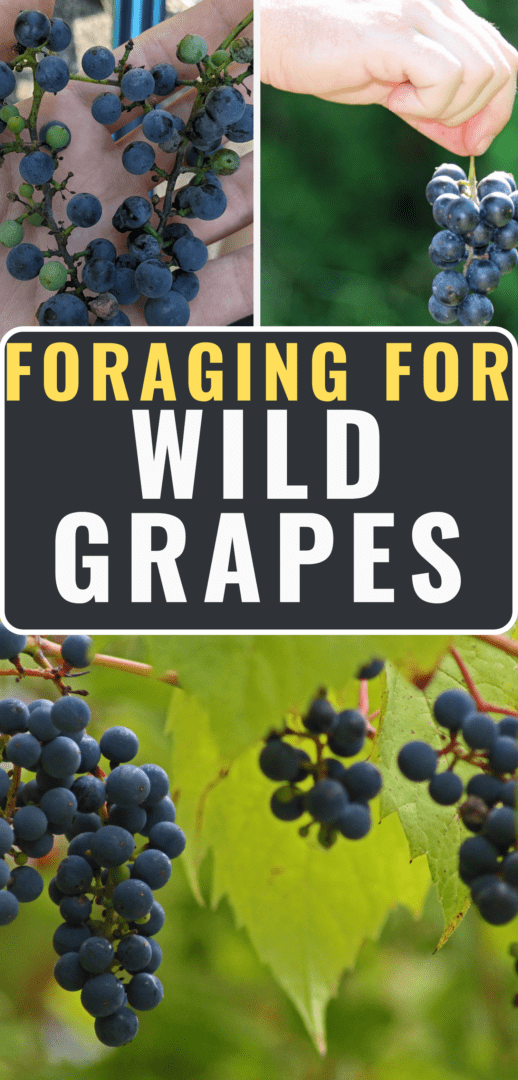
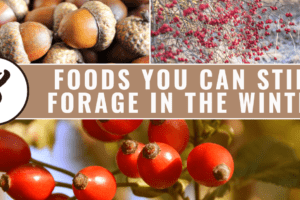
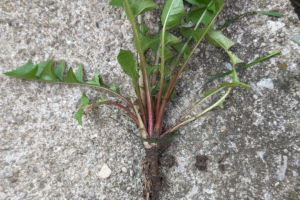
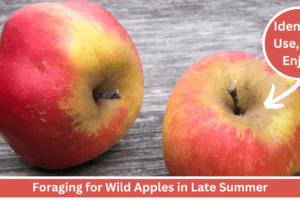
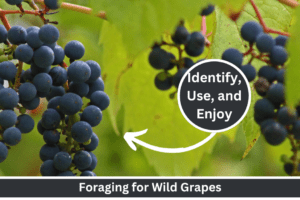
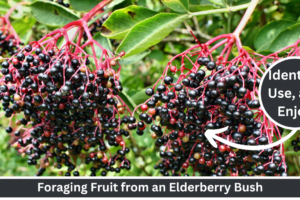
Leave a Reply